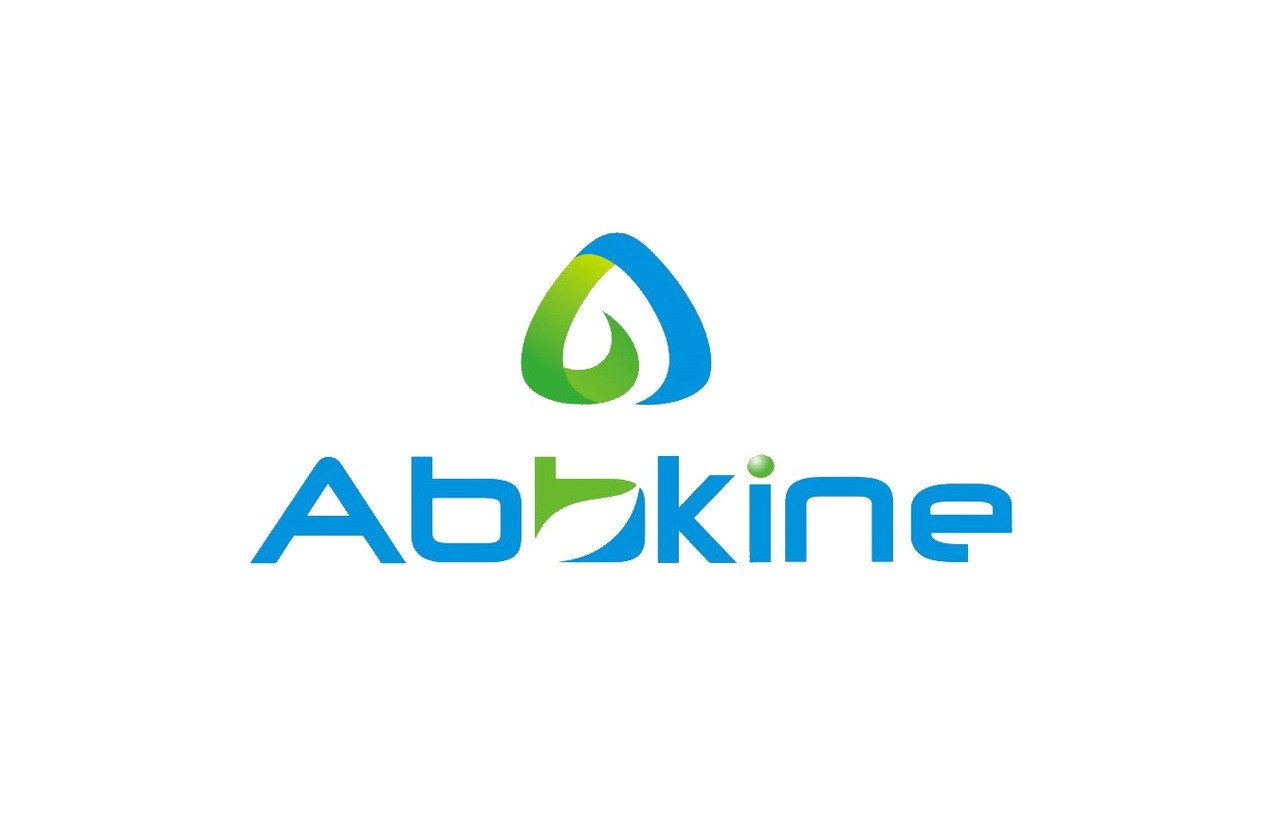Product Description
Human Beta-1 adrenergic receptor (ADRB1) ELISA Kit | KTE60949 | Abbkine
Application: This Human Beta-1 adrenergic receptor (ADRB1) ELISA Kit employs a two-site sandwich ELISA to quantitate ADRB1 in samples. An antibody specific for ADRB1 has been pre-coated onto a microplate. Standards and samples are pipetted into the wells and anyADRB1 present is bound by the immobilized antibody. After removing any unbound substances, a biotin-conjugated antibody specific for ADRB1 is added to the wells. After washing, Streptavidin conjugated Horseradish Peroxidase (HRP) is added to the wells. Following a wash to remove any unbound avidin-enzyme reagent, a substrate solution is added to the wells and color develops in proportion to the amount of ADRB1 bound in the initial step. The color development is stopped and the intensity of the color is measured.
Detection Method: Colorimetric
Conjugate: N/A
Sample Type: Cell culture supernatants#Serum#Plasma#Other biological fluids
Assay Type: Multiple steps standard sandwich ELISA assay with a working time of 3-5 hours. It depends on the experience of the operation person.
Kit Component: • Human Beta-1 adrenergic receptor microplate
• Human Beta-1 adrenergic receptor standard
• Human Beta-1 adrenergic receptor detect antibody
• Streptavidin-HRP
• Standard diluent
• Assay buffer
• HRP substrate
• Stop solution
• Wash buffer
• Plate covers
Features & Benefits: Human Beta-1 adrenergic receptor (ADRB1) ELISA Kit has high sensitivity and excellent specificity for detection of Human ADRB1. No significant cross-reactivity or interference between Human ADRB1 and analogues was observed.
Calibration Range: Please inquire
Limit Of Detection: Please inquire
Usage Note: • Do not mix components from different kit lots or use reagents beyond the kit expiration date.
• Allow all reagents to warm to room temperature for at least 30 minutes before opening.
• Pre-rinse the pipet tip with reagent, use fresh pipet tips for each sample, standard and reagent to avoid contamination.
• Unused wells must be kept desiccated at 4 °C in the sealed bag provided.
• Mix Thoroughly is very important for the result. It is recommended using low frequency oscillator or slight hand shaking every 10 minutes.
• It is recommended that all samples and standards be assayed in duplicate or triplicate.
Storage Instruction: The unopened kit should be stored at 2 - 8°C. After opening, please store refer to protocols.
Shipping: Gel pack with blue ice.
Precaution The product listed herein is for research use only and is not intended for use in human or clinical diagnosis. Suggested applications of our products are not recommendations to use our products in violation of any patent or as a license. We cannot be responsible for patent infringements or other violations that may occur with the use of this product.
Background: The beta-1 adrenergic receptoris a beta-adrenergic receptor, The adrenergic receptors (or adrenoceptors) are a class of G protein-coupled receptors that are targets of the catecholamines, especially noradrenaline (norepinephrine) and adrenaline (epinephrine) . Although dopamine is a catecholamine, its receptors are in a different category. Many cells possess these receptors, and the binding of an agonist will generally cause a sympathetic response (i.e. the fight-or-flight response) . For instance, the heart rate will increase and the pupils will dilate, energy will be mobilized, and blood flow diverted from other non-essential organs to skeletal muscle.Beta-adrenergic receptors mediate the catecholamine- induced activation of adenylate cyclase through the action of G proteins.
Alternative Names: ADRB1; ADRB1R; B1AR; BETA1AR; RHR; beta-1-adrenergic receptor
Search name: ADRB1; ADRB1R; B1AR; BETA1AR; RHR; beta-1-adrenergic receptor
Tag: ADRB1
 Euro
Euro
 USD
USD
 British Pound
British Pound
 NULL
NULL








